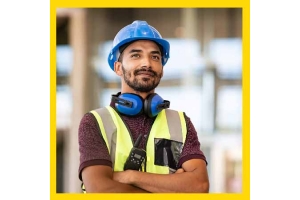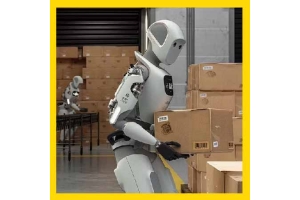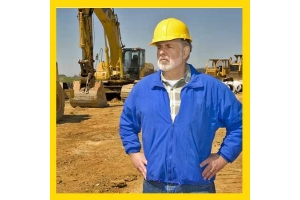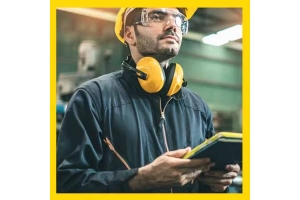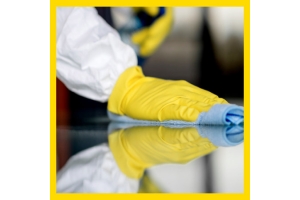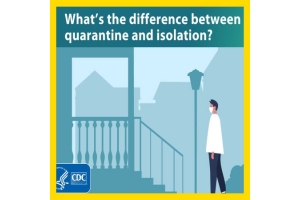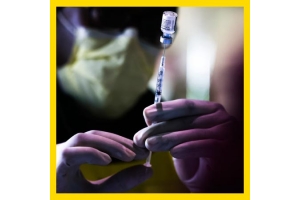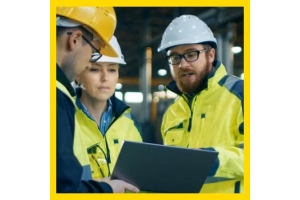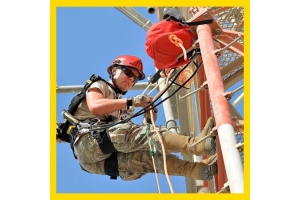Currency
-
October 27, 2018Concern as several homes and workplaces are found to be lacking awareness, basic tools and skills to respond in a medical emergency
Dubai: A Bangladeshi housewife in Al Qusais is in the kitchen when hot oil from a pan accidentally spills on her lower limbs. She is in great pain but as she waits for the ambulance to arrive, she applies some toothpaste on the burnt areas. By the time she arrives at the Rashid Hospital Trauma Centre, her condition has worsened.
Elsewhere, a German expat walking past the reception at his Deira office suddenly collapses. He hits himself on the desk as he falls.
"Over 60 per cent of the 350-500 cases we receive everyday are trauma-related."
- Dr G.Y. Naroo | Rashid Hospital
Those around have no clue what to do. He is brought to Rashid Hospital, where it emerges that he not only suffered heat exhaustion, but also a dislocated elbow which could have been avoided had due care been taken -
October 27, 2018Given the statistics on confined space deaths, shouldn't rescuers know about atmospheric conditions before entering and attempting rescue? And shouldn't the attendant know about the entrants' readings in real time anyway?
A quote from the 1967 film "Cool Hand Luke" perfectly sums up the problems that we all face with confined spaces: "What we've got here is failure to communicate. Some men you just can't reach." Approximately 60 percent of all deaths in a confined space are rescuers1, because the men and women inside the space can't communicate about the dangers within.
According to a National Institute for Occupational Safety and Health (NIOSH) study, the majority (more than 55 percent) of these deaths are because of atmospheric hazards. People routinely die because they don't know that the atmosphere they are about to walk into is filled with deadly concentrations of gas.
The best way to erase atmospheric-related confined space deaths is through proper -
October 27, 2018
The future of safety will look beyond numbers, said SAFEmap International CEO Corrie Pitzer, who gave Tuesday’s keynote during the National Safety Council Congress & Expo in Houston.
He spoke about three different levels of safety. He said Safety 1 is about seeking to eliminate human error, which is futile because, “in safety, we don’t know what we don’t know.”
Safety 2
accepts that human errors will always occur and cannot be prevented. Contrary to popular opinion on workplace safety, Pitzer cautioned on the dangers of making workplaces too safe.
“Our employees don’t understand risk because we protect them,” he said. “They have to get back to understanding risk.”
He used an example of young children who sometimes do not understand the risks of life because they usually play in sheltered, safe playgrounds. Because of that, they often don’t think when darting into oncoming traffic because they feel they are always -
October 27, 2018The National Safety Council has been collecting and studying statistics for nearly 100 years, but the organization revealed a new section on Tuesday specifically for workplace statistics.
The database, now completely online, details injury facts, worker details and timelines, which help to understand why these injuries and fatalities occur.
“We want to double-down and be aggressive when it comes to these issues,” said National Safety Council President and CEO Deborah A.P. Hersman.
Ken Kalosh (shown above), manager of statistics at the National Safety Council, said the online database, which he has been working on for the past year, will hopefully help employers and employees make workplaces safer.
“We are eight times safer at work than we are at home, but the data remind us that our workplaces could still be much safer,” Kolosh said.
- The
-
-
-
October 24, 2018Int'l Protection, Security and Fire Safety Exhibition
-
October 18, 2018With powerful machinery and heavy-duty tasks, construction sites are some of the noisiest places. Not only is the industry filled with loud sounds, it is also filled with noise-induced hazards. There are over 30 million construction workers who are exposed to prolonged noise on a daily basis.
Decibels (dBA) are the units used to measure and evaluate sound intensity. While human beings can register sounds above 140 decibels, any exposure to noise above 85 decibels is not recommended. Exposure time also comes into play — the longer your ears are subject to this noise level, the likelihood of permanent hearing loss rises.
The workplace risk for workers in construction is that loud noises on job sites damage hearing. According to the Centers for Disease Control and Prevention, 14% of workers report having a hearing difficulty due to the hazardous noise at their work. Construction workers operate equipment above the 85 dBA level. While it may be harmless to listen to this -
-
October 16, 2018An OSHA health compliance officer (an industrial hygienist -- IH) recently put me in an ethical dilemma. While conducting “side-by-side” air sampling as the employer’s representative during an OSHA inspection, I observed that the OSHA IH was not sampling for asbestos correctly.
OSHA 29 CFR 1926.1101, Appendix B, Asbestos Sampling and Analysis, states at section 5.2.3, “Do not use luer connectors – the type of cassette specified has built-in adapter.” And section 5.2.6, states “Remove the end cap of each cassette and take each air sample open face.” These regulatory advisory sections are consistent with OSHA Method ID-160 and NIOSH 7400 for air sampling for asbestos fibers.
Metal luer connectors should not be used because they may generate static charge during sampling that may create false negative results. Failure to sample “open face” may create false positive results. The OSHA IH made the novice, but critical asbestos sampling errors, by using metal luer connectors
